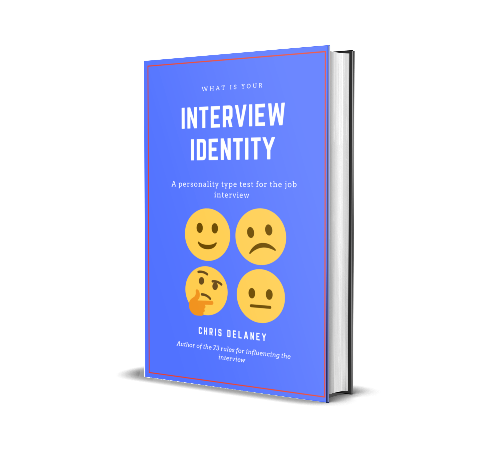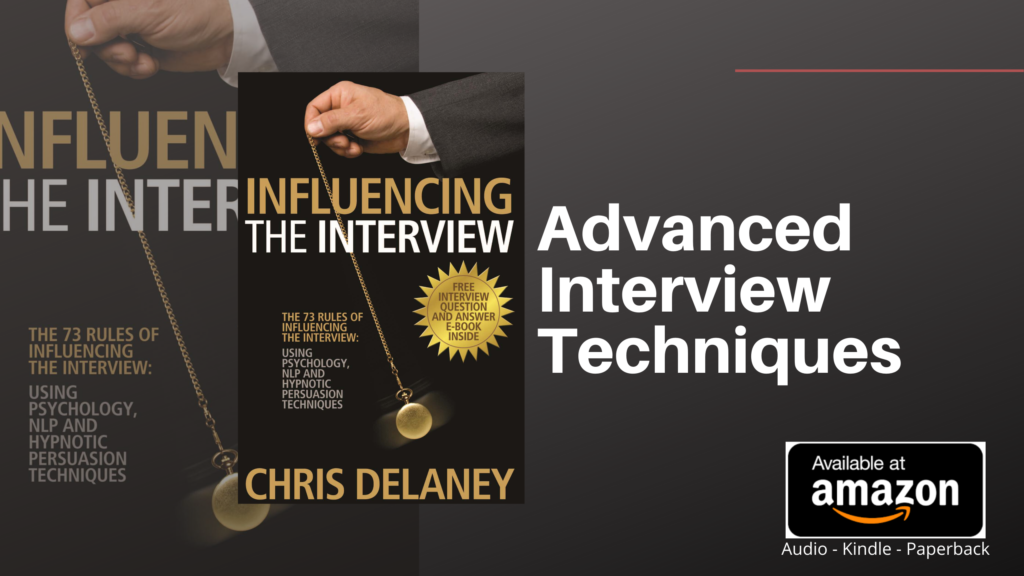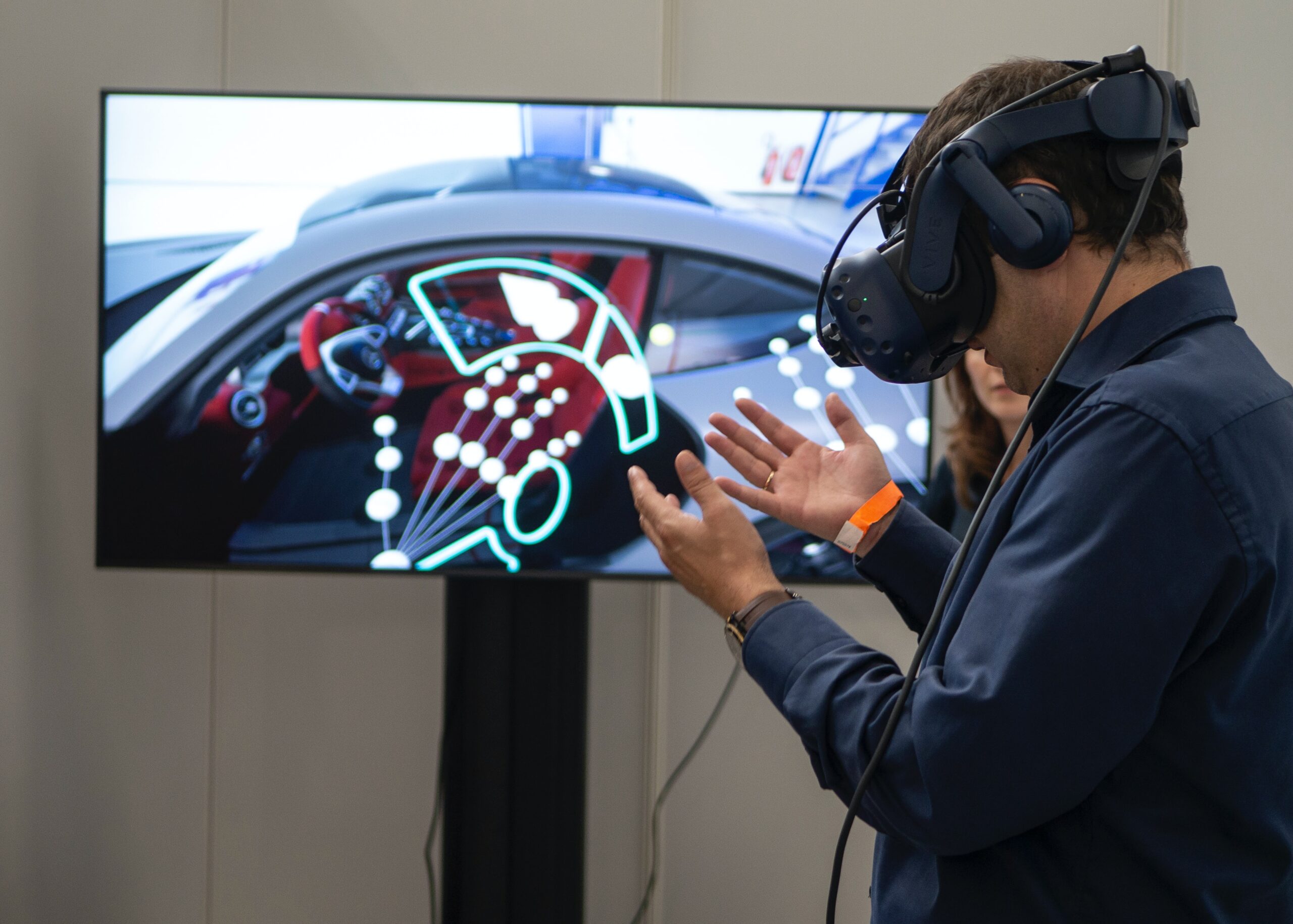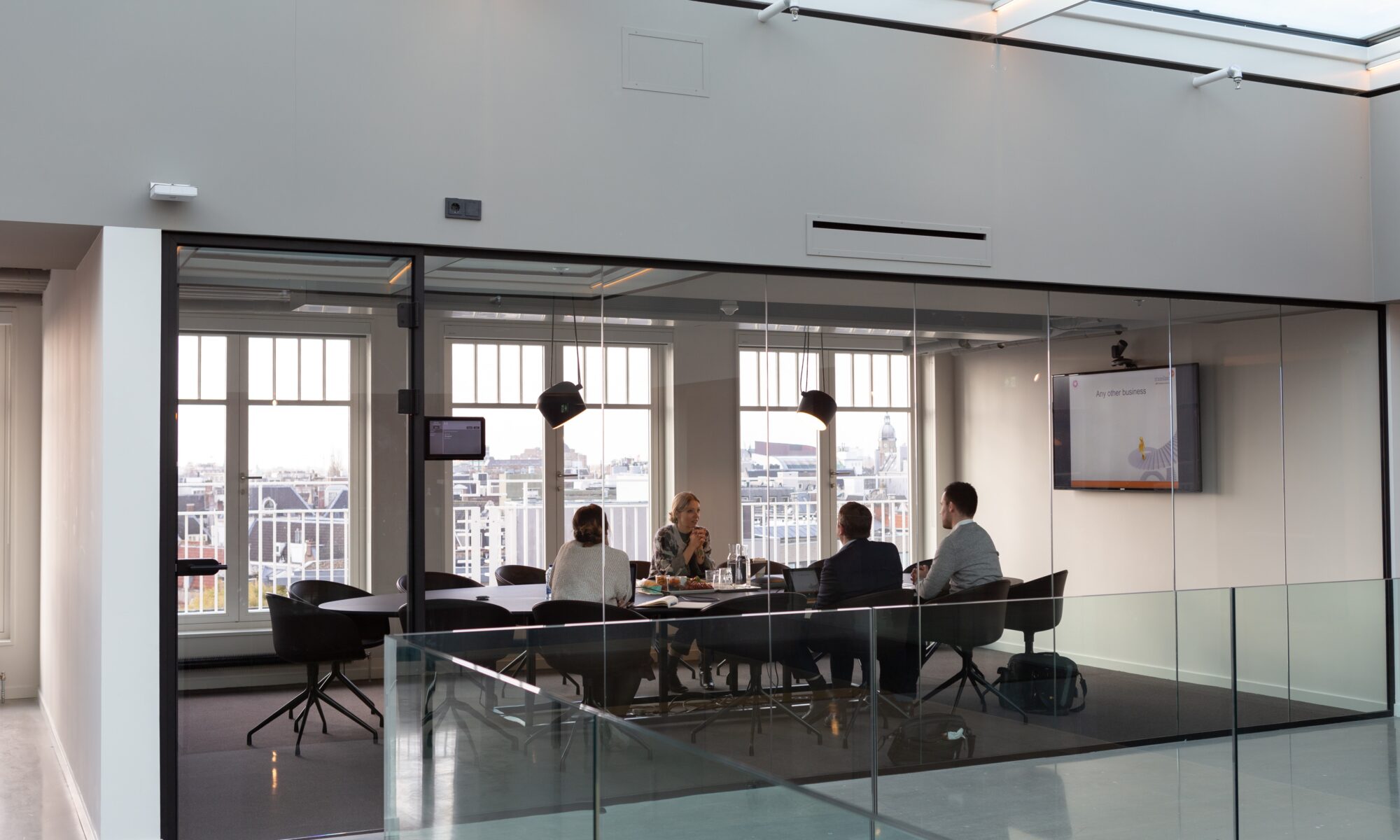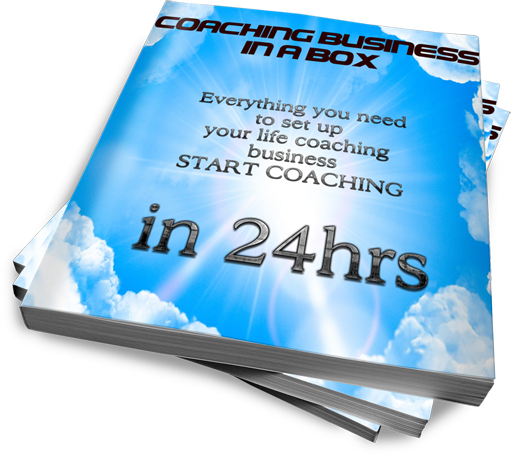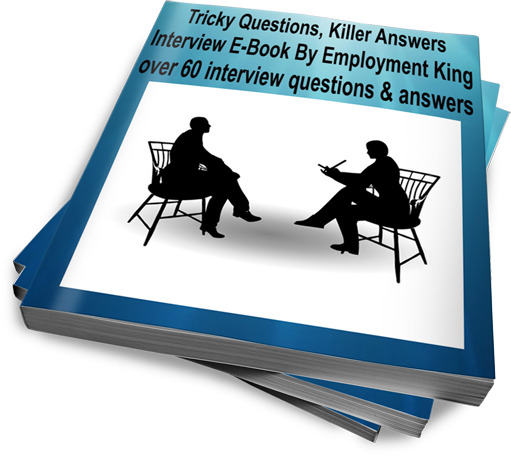Job hunters often fail job interviews due to the small mistakes they are making. These interview errors are often outside the job seekers’ conscious awareness – the applicant keeps failing job interviews without understanding how their years of industry experience and sector-related qualifications aren’t enough to land them a job offer.
Becoming aware of common job interview mistakes allows a career professional to reflect on their interview skills and make necessary changes.
Are you making these common interview errors?
Boxing yourself in.
Confidence, in a job interview, is key to success. And, confidence is portrayed by the communication of competencies.
To show confidence, the savvy interviewee will state specific facts ‘I know all about your company’ or ‘I am an expert in…’
Stating a specific fact can be a powerful affirmation statement. When confidently put, often the affirmation will be taken, without question, by the interviewer. It is a lack of skilled interviewers in the recruitment that allow confident statements to be taken as red. More and more, recruiters are being trained in the art of interviewing. One of the techniques taught to job interviewers is to ask for specific and measurable information, to challenge ambiguous statements, and to gather evidence to project job performance.
As an example, for the ‘I know all about your company..’ interview answer to the question ‘what made you apply for a role with our organisation?’ the trained interviewer may ask a specific follow question: ‘It’s great to hear that you have researched the organisation, what do you know X part of the company?’
This can make some interviewees lose credibility if they have to backtrack on their original assertation: ‘I know all about your company’
Job candidates, instead of making a sweeping statement can use specific information to embed into their interview answers: ‘After reading that your company was involved in X, I wanted to learn more about the organisation, and….’
A lack of flexible opinions
In the main, employees will have a level of flexibility in terms of job duties, ways of working, and their hierarchy of needs.
Employers like a flexible employee, especially as job roles evolve in line with ever-changing business needs. Being seen as inflexible or having a strong opinion that is the opposite of the interviewers can break rapport.
An example interview question is: ‘what type of manager do you best work under?’ can result in a strong opinion: ‘I strongly believe in a manager having X leadership style….’ If the stated leadership style differs from the culture of the company, the interview panel may feel that the applicant won’t fit in well with the current team.
The solution is to give a ‘options’ answer. An options answer gives multiple choices, embedded within the interview answer, which creates the illusion of an opinion where there wasn’t one. To answer the ‘best management style’ interview question, the job candidate could say: ‘different leadership styles suit different tasks and projects, as an example in X situation (sector-related situation) a good leadership style would be Y, but when (industry related example) a better management approach would be to…’
Other common interview questions that need a ‘options’ answer include:
- Do you work best within a team or on your own initiative?
- Are you a leader or a follower?
- How would you deal with X situation?
2 mouth’s, 1 ear
Job hunters are famous for forgetting their GCSE biology. Humans have 2 ears and 1 mouth, not I ear and 2 mouths. In short, job hunters need to listen more than they speak.
During a job interview nerves and anxiety play a large part in the applicant’s job interview identity – how the employer perceives the candidate due to their verbal and non-verbal cues. Being nervous during the recruitment process creates a physical change in the brain resulting in a poor job interview performance.
- Failure of the long-term memory
- A lack of listening or understanding
- Unable to process information
- Increase in the use of filler words
- Fidgets, sweating, and mumbling
Some interviewees, subconsciously wanting the interview to end, will start answering a question before the interviewer has finished asking it. Others misunderstand the meaning or reason for the interview questions, resulting in the delivery of an irrelevant example. And many will talk to quickly to be understood.
To answer an interview question well, the interviewee must:
- Identify the job criteria the interview question references
- Give a suitable example relevant to the specific interview question
- Deliver a detailed answer, communicating the example confidently
An applicant unsure of the interview question, or those who simply don’t hear the question can:
- Ask for the question to be repeated
- Ask for specific information, as an example, for a ‘teamwork example’ you can ask ‘do you want an example of teamwork from my current role or from any time?’
- Take a sip of water to give additional time (a few seconds) to digest the answer and help form the answer
- It is also fine to say ‘that’s a good question, just give me a second to think of a suitable example’
The interview, from the interviewee’s perspective, should also be viewed as a conversation about the applicant’s skills and experiences, not a pressurised job interview. With this in mind, the interviewee should:
- Ask more questions through the job interview
- Clarify key points
- Question the interview panel about their experience and opinions
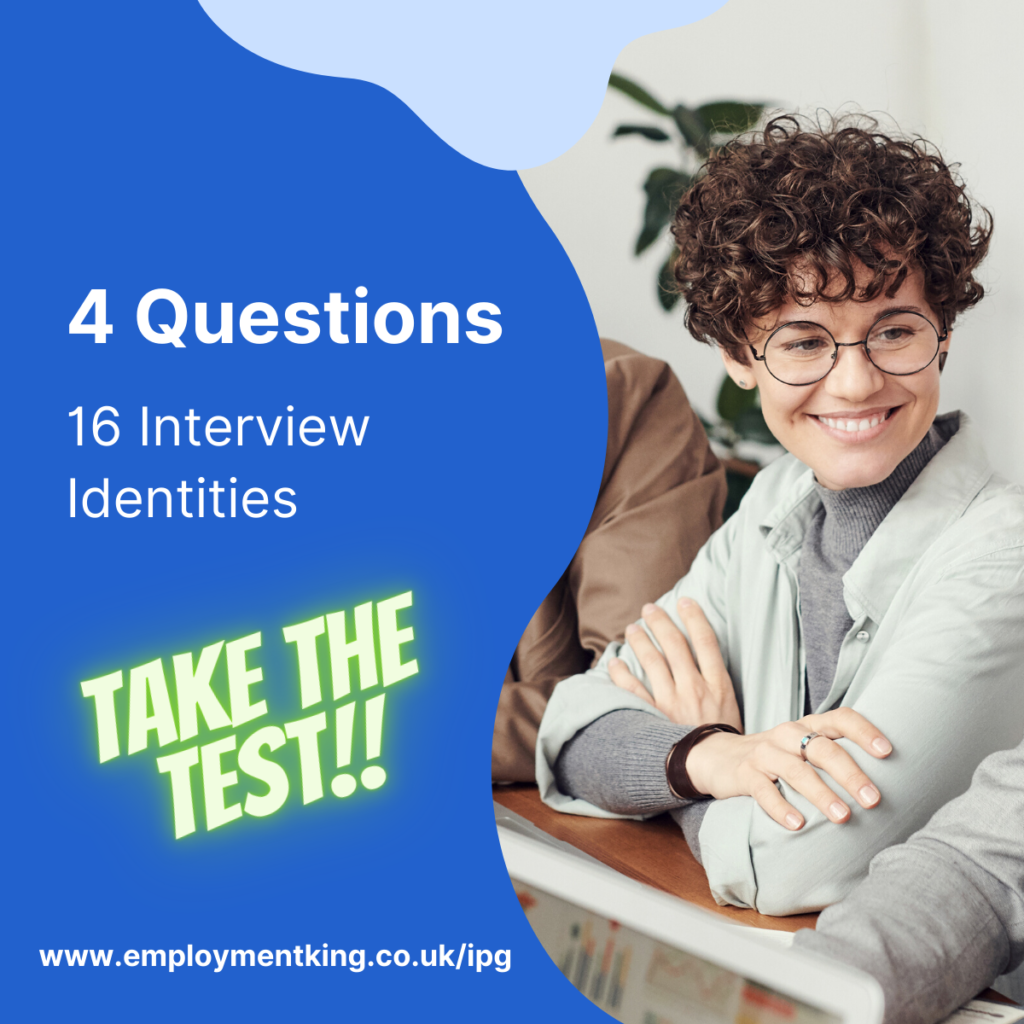
Never lying
What? I thought you should never lie in a job interview!
Being too honest can be a barrier to employment. Imagine being asked ‘why are you leaving your current role?’ The truth might be that the company culture is toxic. But, stating this in a job interview can be seen as negative. The negative opinion is created because of interview stereotypes. Common interview stereotypes include:
- Being late for an interview is a sign of being unprofessional (the reality is that a crash on a motorway could have caused a long delay)
- Overweight applicants are lazy (see the research on obesity in recruitment)
- Giving a negative opinion in a job interview means you are a negative person

Another question where the truth can result in a lack of job offers is with the job interview question: ‘tell me about the main duties in your current role?’
Interview answers, in a structured job interview, are scored on a point system. The points are awarded on the amount of criteria reference during the interview answer. If, for example, the main duties in the current role are significant for the new position, but secondary and third duties are more relevant, it is imperative to talk only about job duties that will score high on the interview scorecard.
‘Where do you see yourself in 5 years’ time?’ can be a tricky question if the answer is ‘in another company in a higher paid role, after gaining just the right amount of experience in this low salary position to apply for the new position!’
Instead, the savvy interviewee will tell a white lie, explaining how they will be loyal to the company.
To pass a job interview it is important to communicate how you meet the job criteria, while selling your unique selling points. Stand out from the crowd by delivering an outstanding interview performance without making these common interview mistakes.


